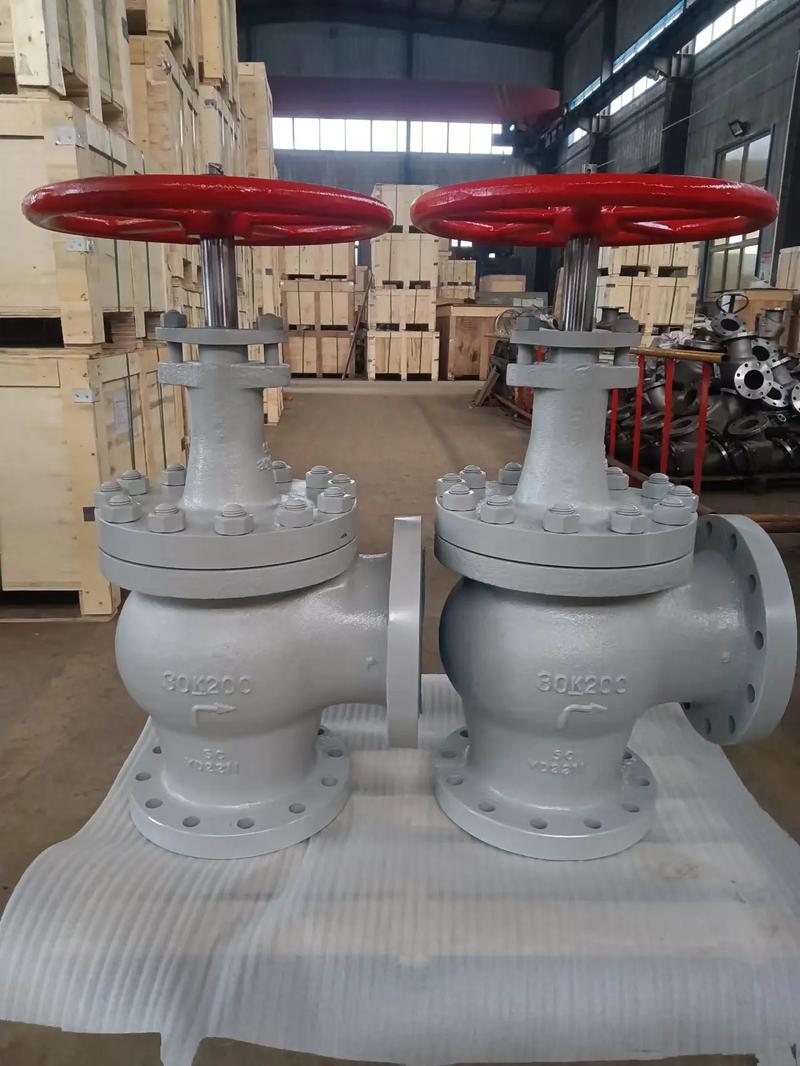|
From LNG carriers to cruise ships: Customized solutions for Marine valves in special vesselsIn the intricate world of maritime engineering, specialized vessels like LNG (liquefied natural gas) carriers and cruise ships demand far more than off-the-shelf components. These vessels operate in extreme environments, carry high-value cargo, or prioritize passenger comfort—all while adhering to stringent safety and efficiency standards. At the heart of their operational excellence lie custom marine valves, engineered to meet unique challenges. This article explores how tailored valve solutions drive performance, safety, and compliance across diverse specialized vessels.
1. LNG Carriers: Valves Built for the Arctic Cold LNG carriers transport cryogenic cargo at temperatures as low as -163°C (-261°F), making valve design a critical engineering feat. Material Innovation: Stainless steel alloys (e.g., 316L) and nickel-based superalloys (e.g., Inconel) are standard to prevent brittleness at ultra-low temps. Advanced coatings like PVD (Physical Vapor Deposition) reduce friction and wear. Zero-Leakage Design: Dual-sealing systems with emergency shutdown (ESD) capabilities ensure cargo integrity. Bellows-sealed valves eliminate stem leakage, a must-have for volatile cargo. Compliance with IGC Code: Valves must meet International Gas Carrier Code (IGC) standards, including fire-safe certifications (API 607/6FA) and low-temperature impact tests. SEO Keyword Insight: Target phrases like “cryogenic marine valves” and “LNG carrier valve specifications” to attract engineers and procurement teams. 2. Cruise Ships: Balancing Luxury with Engineering Precision Passenger comfort and safety are paramount on cruise ships, driving valve innovations in noise reduction, aesthetics, and redundancy. Noise Mitigation: Anti-vibration mounts, acoustic insulation, and low-noise actuators keep cabin areas serene. Butterfly valves with damping mechanisms reduce water hammer effects. Aesthetic Integration: Valves in public areas feature polished finishes or custom coatings to blend with interior design. Hidden actuation systems maintain visual harmony. Redundancy for Safety: Dual-redundant valve systems in fire suppression and HVAC loops ensure uninterrupted operation during emergencies. SEO Tip: Use long-tail keywords like “quiet operation marine valves” and “cruise ship valve aesthetics” to capture niche searches. 3. Beyond the Obvious: Niche Vessel Requirements Specialized vessels like research ships, ferries, and offshore supply vessels add layers of complexity: Research Vessels: Corrosion-resistant valves (e.g., duplex stainless steel) withstand saltwater exposure. Precision flow control supports sensitive scientific equipment. High-Speed Ferries: Lightweight composite valves reduce hull weight, improving fuel efficiency. Quick-closing mechanisms enhance safety during rapid maneuvers. Offshore Support Vessels: Explosion-proof (ATEX-certified) valves and mud-resistant designs ensure reliability in harsh offshore environments. Content Strategy: Include a table comparing valve materials/certifications across vessel types for enhanced readability and SEO. 4. The Anatomy of Custom Marine Valve Solutions Achieving vessel-specific performance requires a holistic approach: Material Selection: Finite Element Analysis (FEA) simulates stress, corrosion, and thermal cycling to optimize alloy choices. Design Flexibility: 3D modeling and additive manufacturing enable rapid prototyping of complex geometries, such as compact valves for tight engine rooms. Certification Expertise: Collaborating with class societies (DNV, ABS, Lloyd’s Register) ensures compliance with vessel-specific rules, from ballast water management to fire safety. Lifecycle Support: Predictive maintenance programs using IoT sensors monitor valve health, reducing downtime. SEO Boost: Link to case studies (e.g., “How Custom Valves Reduced LNG Boil-Off by 15%”) to build authority. 5. The Future: Smart Valves for Smarter Ships Digitalization is reshaping marine valves: AI-Driven Diagnostics: Machine learning algorithms predict valve failures by analyzing pressure, temperature, and vibration data. Autonomous Ships: Valves with integrated actuators and fail-safe logic enable remote operation, critical for uncrewed vessels. Sustainability: Low-friction coatings and energy-efficient designs cut fuel consumption, aligning with IMO 2050 decarbonization goals. Call-to-Action: Encourage readers to download a whitepaper on “Sustainable Valve Technologies for Green Shipping” to capture leads. Conclusion: Precision Engineering in a High-Stakes Industry From LNG carriers navigating Arctic routes to cruise ships offering 5-star comfort, specialized vessels rely on custom marine valves to deliver safety, efficiency, and reliability. As maritime demands evolve, valve manufacturers must stay ahead of technological shifts, regulatory changes, and sustainability targets. |

